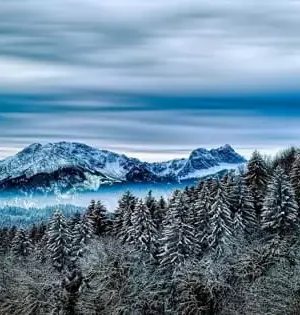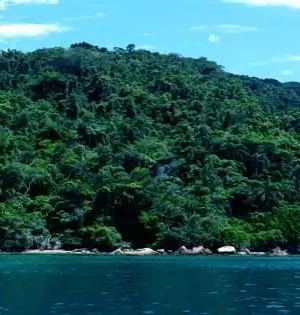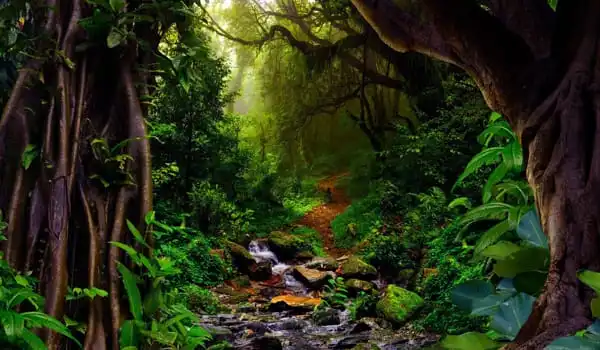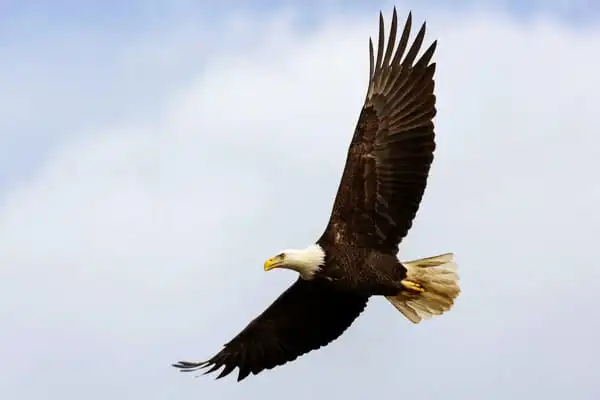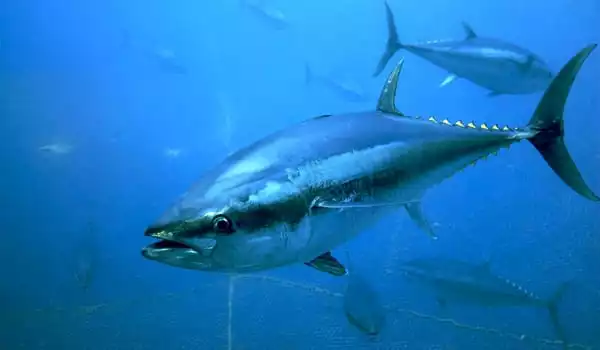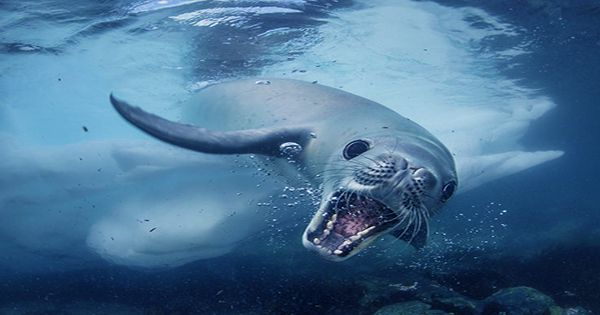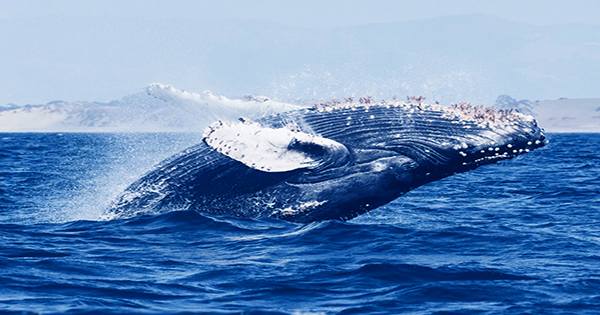The Daintree Rainforest in Tropical North Queensland, Australia, is the world’s oldest rainforest, dating back over 135 million years. The Daintree Rainforest is Australia’s largest rainforest, covering over 1,200 square kilometers and shelter to many animal and plant species found nowhere else on the planet.
In 1988, the Daintree Rainforest was designated as a UNESCO World Heritage Site. The region protected by the World Heritage listing runs from Townsville to Cooktown and includes roughly 12,000 square kilometers. Tropical rainforest covers 75% of the land, an area about the size of Sydney. The Wet Tropics are the name given to this region. This World Heritage Site also boasts the largest number of rare or endangered plant and animal species in the world.
There are old giants that are thought to be among the world’s tallest trees, little spiny insects that are masters of concealment, flightless birds, and even plants that glow in the dark! There are more tree species in one hectare of rainforest than there are in the entire United Kingdom, with over 3,000 distinct types of plants found in the region.
The Daintree Rainforest is one of the world’s most ecologically varied jungles. It is home to a large proportion of the country’s animal population.
Wildlife enthusiasts should be aware that the Daintree Rainforest is home to a large number of highly rare species, and in some cases, it is the only site where they may be seen. The cassowary, a relative of the emu, the Estuarine Crocodile, and the Musky Rat-Kangaroo, a little mammal that half-hops and half-walks, are among the local creatures.
Because it is difficult to identify every plant and tree species in the Daintree Rainforest, as well as every animal species, just a few significant plants and animals are mentioned here.
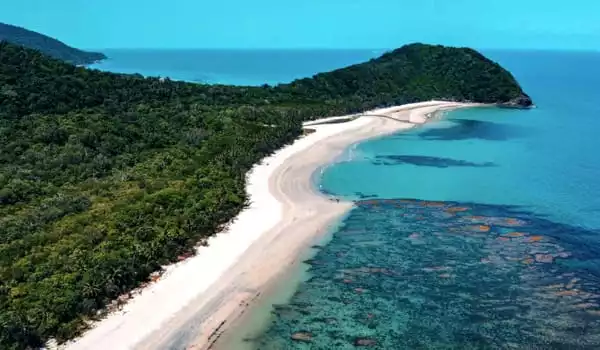
More facts about Daintree Rainforest
- It is the only location on the planet where two World Heritage Sites meet. The Daintree Rainforest continues all the way to the Coral Sea, which is home to the magnificent Great Barrier Reef.
- It is home to 65 percent of Australia’s bat and butterfly species, as well as 35 percent of the country’s frogs.
- The Daintree Rainforest was named after Richard Daintree, an Australian geologist and photographer who lived in the nineteenth century.
- It’s massive, comparable to the size of Sydney.
- In one hectare of rainforest, there are more tree species than there are in the whole United Kingdom.
- The Daintree Rainforest is home to around 12,000 various insect species.
- The Daintree Rainforest is home to 28 percent of Australia’s frogs, 40 percent of its birds, and 34 percent of its mammals.
- The Daintree Rainforest is accessible via Cairns, Port Douglas, Cape Tribulation, and Cooktown.
All of the wildlife has also attracted a number of human tourists. With so many treasures to uncover in the Daintree Rainforest, it’s no surprise that this natural wonder attracts 400,000 people each year. It is indeed a unique location worth seeing, with many intriguing facts to learn about. One of the most complicated ecosystems on the planet is that of the tropical rainforest. It has unrivaled plant variety and structural complexity on the Australian continent, and it is where our more recognized ‘Australian’ flora began.




